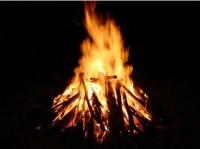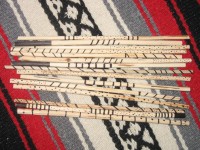What is a Tribe?
What is an American Indian Tribe?
Tribal authenticity is a critical issue as there are many recently established non-historic claimant groups that can confuse the non-Native public and frustrate the cultural preservation efforts of, and relationships between, authentic tribal communities. It should be noted that tribal “legitimacy” or “authenticity” is a matter of much debate, even between tribal communities. Recognition by the federal, state, or other tribal governments are used as a measures of authenticity, but may not be the only determining factors, as there are legitimate tribal communities without official governmental recognition.
When considering this issued it is helpful to remember that an American Indian Tribe is a community of American Indians that is:
Historical – Continuous – Interrelated – Self Governing
Essentially, a “legitimate” or “authentic” tribe is: A continuous community of interrelated descendants of a historic American Indian Tribe or tribes that has maintained internal governance and tribal identity in some manner that can be documented from at least the 19th century or earlier.
This is important because of the recent rise of a myriad of American Indian cultural groups that claim to be tribal governments. These groups have confused the public, academic institutions, local governments, and even historically documented tribes. The claims of such groups make it difficult for authentic historical tribal communities to assert identity and sovereignty and preserve our culture. Even if a group of American Indian descendants formed an organization, it does not make that organization a “tribe.” An authentic tribe has a community history that is continuous. To claim the nomenclature of a “band,” “tribe” or “nation” requires some form of interrelated historic tribal families living in community and maintaining tribal governance for at least a couple of hundred years.


